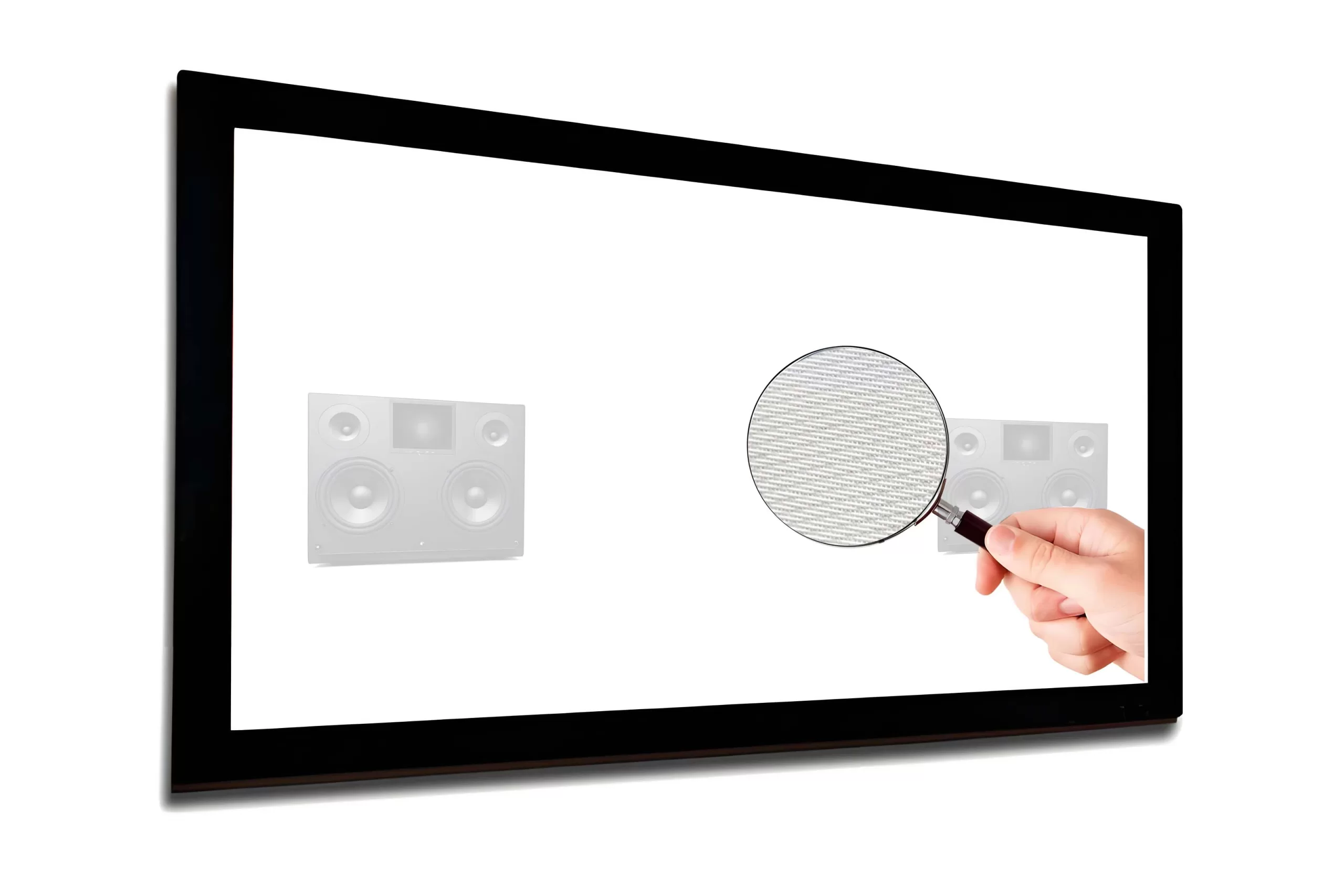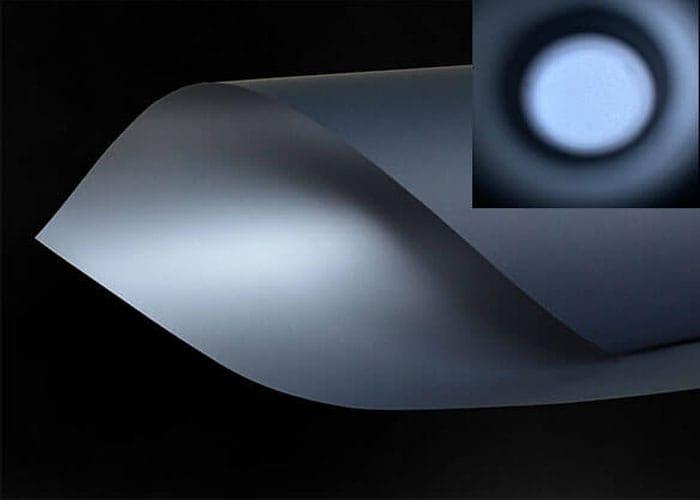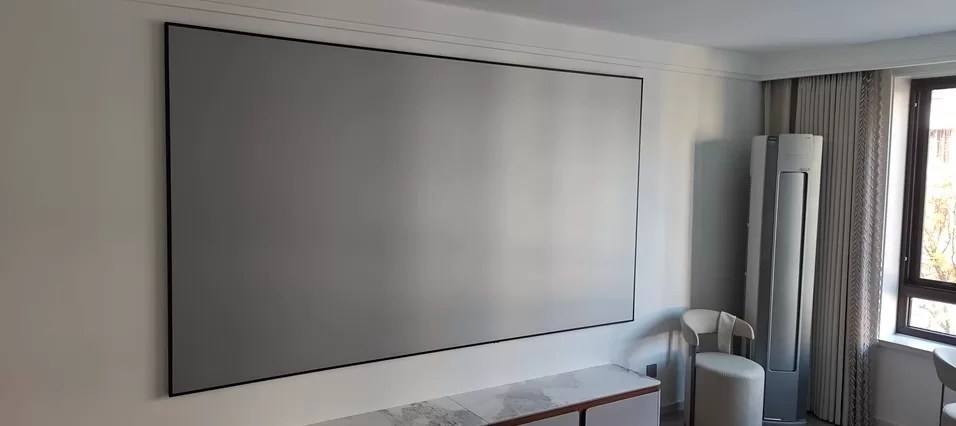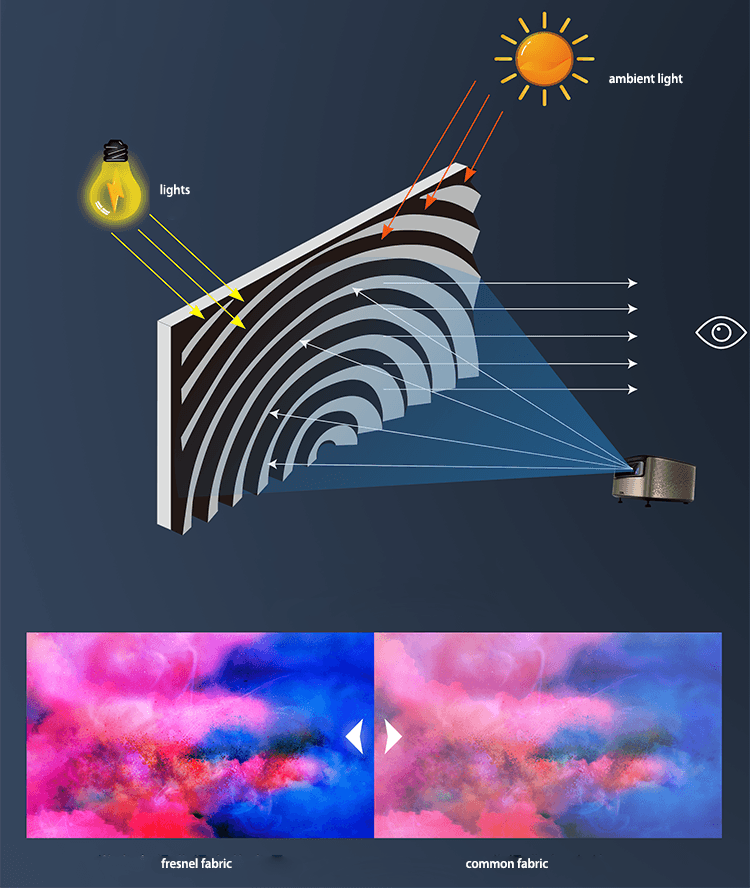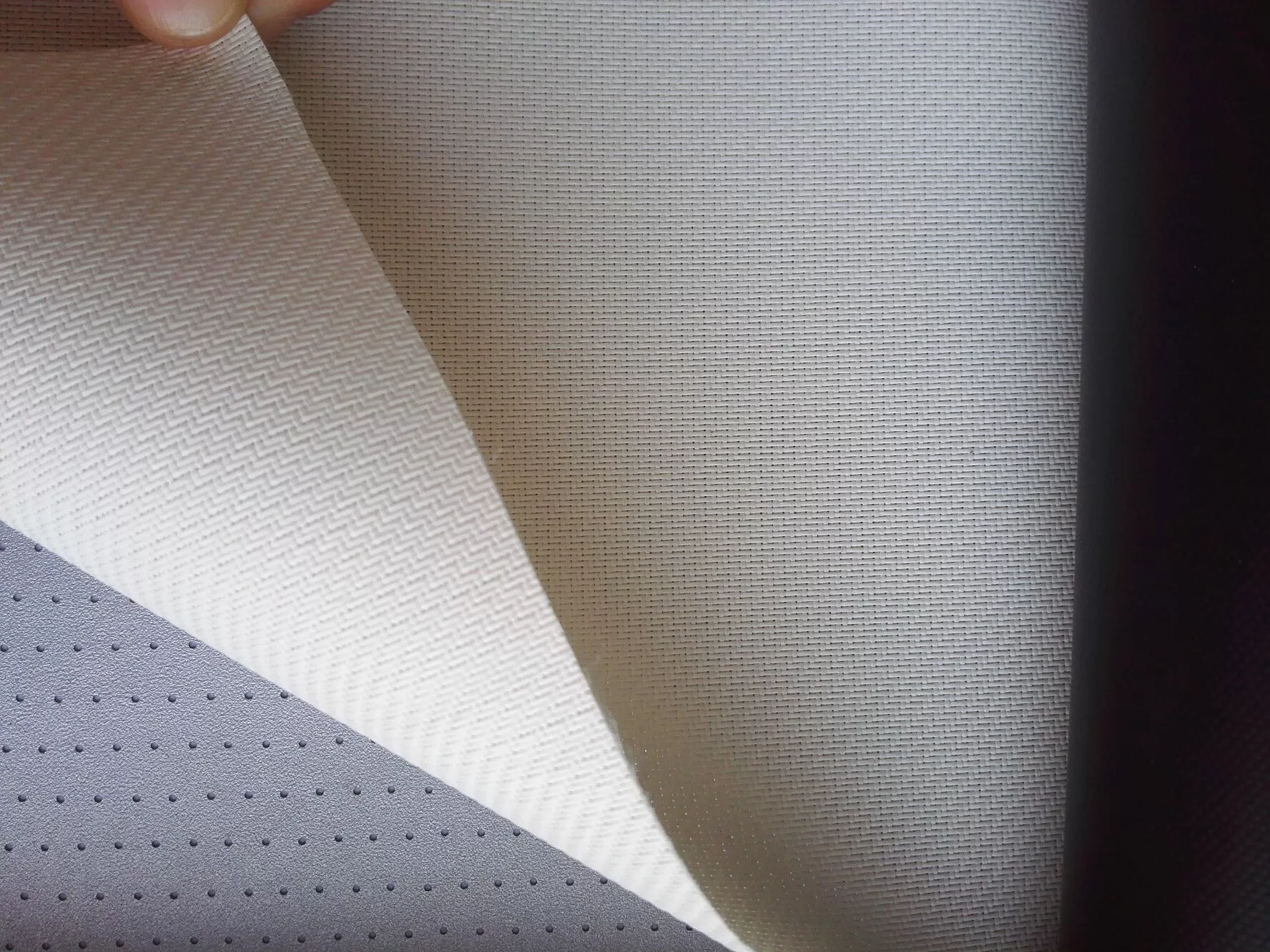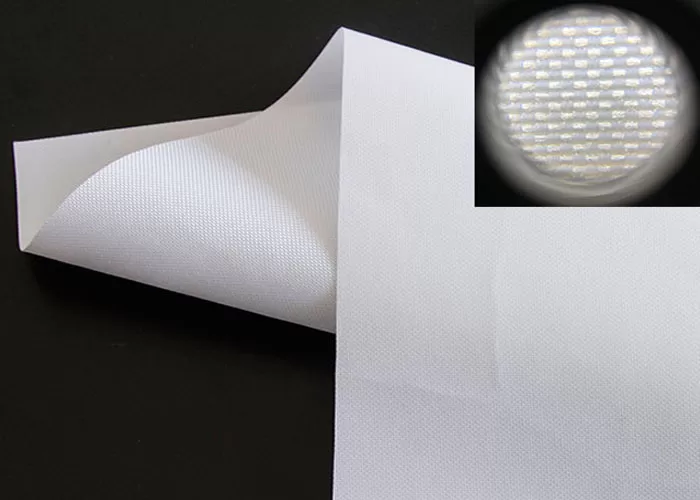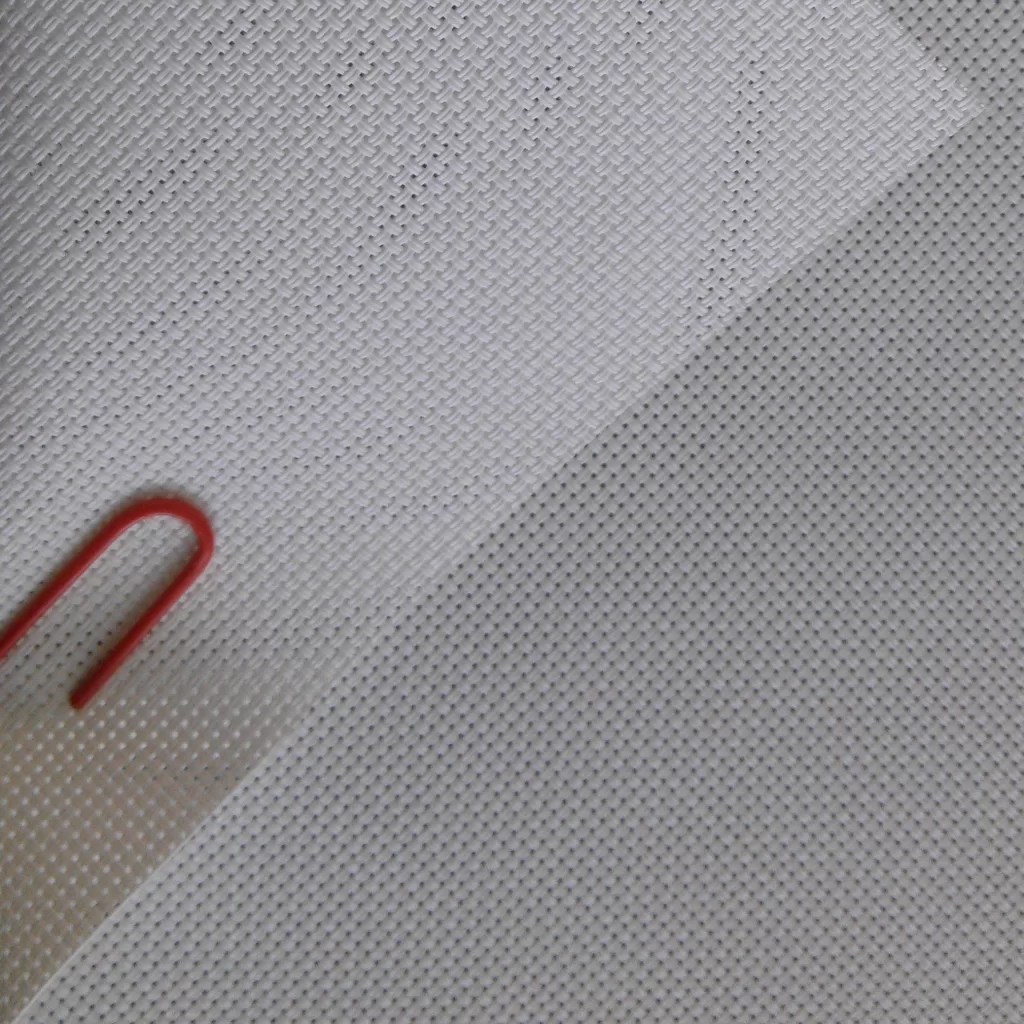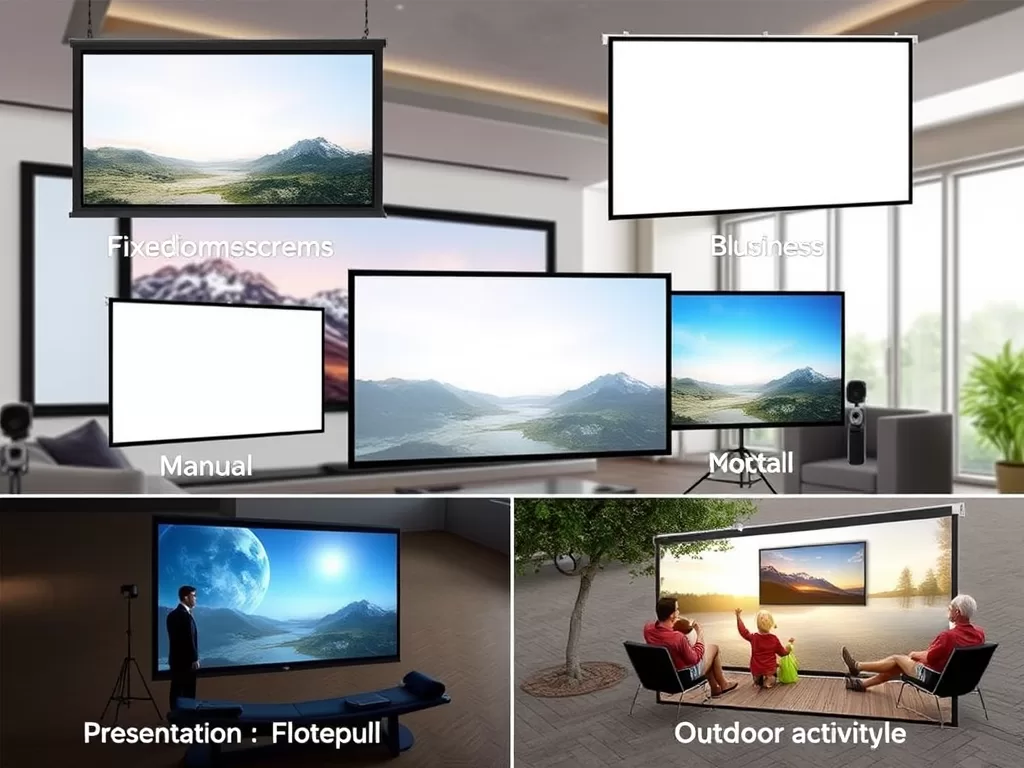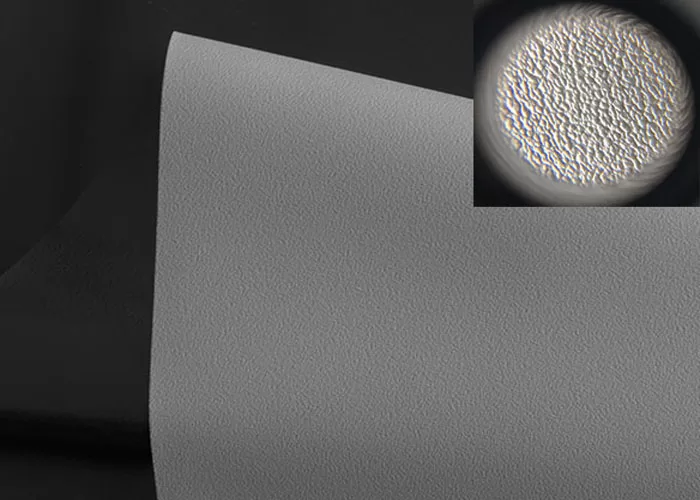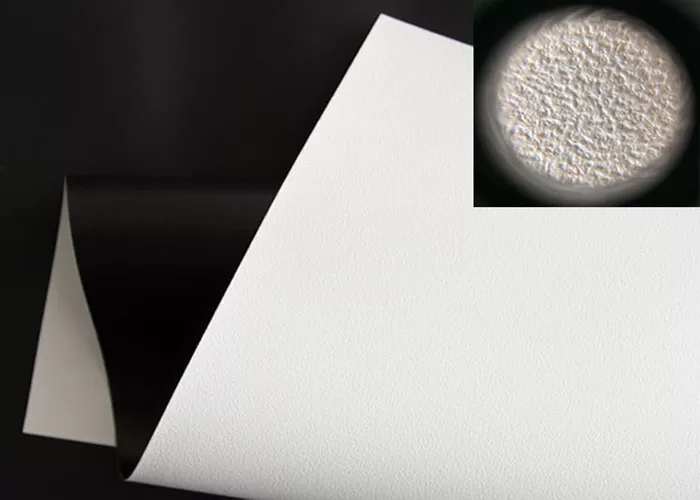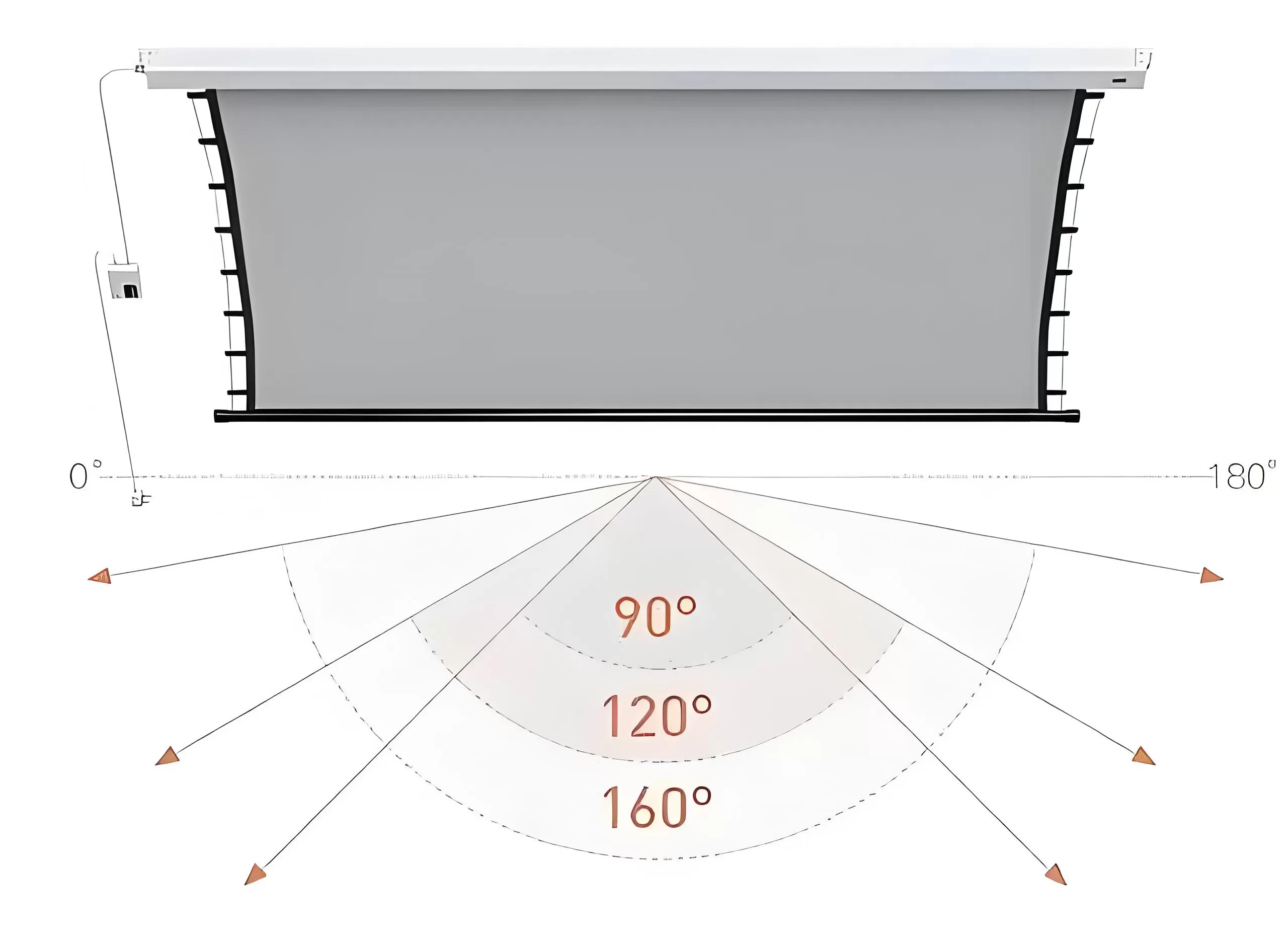CynthiaScreen Acoustic Frame screen 200 inch Cinema Screen
CynthiaScreen Acoustic Frame screen 200 inch
Where cinematic brilliance meets acoustic perfection

Overview
Transform your viewing experience with the CynthiaScreen Acoustic Frame screen 200 inch, where cinematic brilliance meets acoustic perfection. Designed for discerning home theater enthusiasts, this premium 200-inch 16:9 framed screen combines an ultra-sharp 8K woven acoustically transparent surface with a sophisticated 6.5cm black velvet border.
Immerse yourself in breathtaking visuals while crystal-clear sound passes effortlessly through the screen, creating a seamless fusion of sight and sound. Elevate your entertainment space with uncompromising luxury and performance.
Premium Features

8K UHD Optimized
Woven acoustically transparent material preserves pixel-perfect clarity for 4K/8K content. Experience zero hotspotting or moiré patterns, maintaining image integrity for the most demanding content. Our proprietary weaving technique ensures that every detail is rendered with astonishing precision.

Pro-Grade Acoustic Transparency
Ultra-fine woven fabric allows 99% unaltered sound passage. Ideal for center-channel placement behind the screen, delivering dialogue and effects with pinpoint accuracy for a truly immersive experience. Unlike perforated screens, our woven technology maintains structural integrity while providing uncompromised audio quality.

Luxury Black Velvet Border
Featuring a deep, light-absorbing 6.5cm (2.56″) velvet border that eliminates visual distractions and enhances perceived contrast. The elegant frame-like aesthetics complement any premium interior while providing a professional cinema-quality finish. The velvet material prevents light reflection, ensuring your focus remains entirely on the screen content.
Perfect For
Dedicated Home Theaters
Integrate floor-standing speakers behind the screen for theater-grade audio immersion.
High-End Media Rooms
Luxury finish complements modern interiors while delivering exceptional performance.
Gaming Sanctuaries
Lag-free visuals and immersive surround sound for the ultimate gaming experience.
Executive Boardrooms
Professional 8K presentations with discreet speaker placement for corporate environments.
AV Production Studios
Reference-grade calibration for content creators requiring absolute accuracy.
Technical Specifications
| Feature | Specification |
|---|---|
| Screen Size | 200″ Diagonal (16:9 Aspect Ratio) |
| Viewable Area | 174.3″ W × 98″ H(4428x2491mm) |
| Border | 6.5cm Black Velvet Frame |
| Material | 8K Woven Acoustic Fabric |
| Acoustic Transparency | 99% Sound Passage |
| Resolution Support | Up to 8K Ultra HD |
| Frame Construction | Aluminum Alloy |
| Mounting Depth | ≤3cm Flush Wall Mount |
| Gain | 1.0 |
| Warranty | 5 Years Limited |
Why Choose CynthiaScreen?
“Where light meets sound without compromise.”
Sound-Through Sight
Unique woven tech for dual audiovisual excellence.
Contrast Maximizer
Velvet border enhances on-screen depth and black levels.
Future-Proof Design
Ready for 8K content today and tomorrow.
Discreet Luxury
Elegant frame integrates into premium spaces seamlessly.
Elevate Your Viewing Experience
Experience the perfect fusion of visual brilliance and acoustic purity with the CynthiaScreen Acoustic Frame Screen
Order Now
